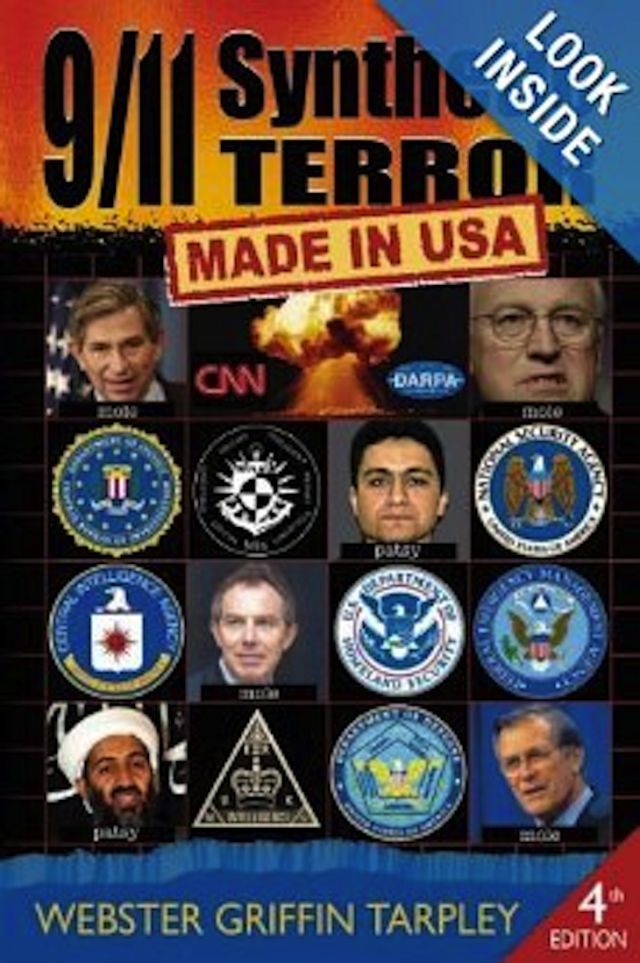

| Visitors Now: | |
| Total Visits: | |
| Total Stories: |

| Story Views | |
| Now: | |
| Last Hour: | |
| Last 24 Hours: | |
| Total: | |
Syrian PSYOP Doubts? Watch This False Flag Terror History Video!

James Corbett of The Corbett Report published a report this week, a whirlwind tour of false flag history, from the Gleiwitz incident and Lavon affair to Operation Northwoods and 9/11, all of which reflect key components of today’s Syrian false flag psychological operation, PSYOP.
“In naval warfare, a ‘false flag’ refers to an attack where a vessel flies a flag other than their true battle flag before engaging their enemy,” Corbett states. “It is a trick, designed to deceive the enemy about the true nature and origin of an attack.”
Understanding this military psychological operation (PSYOP) is essential for understanding what has transpired in Syria and other nations recently illegally attacked by U.S. forces.
“In the democratic era, where governments require at least a plausible pretext before sending their nation to war, it has been adapted as a psychological warfare tactic to deceive a government’s own population into believing that an enemy nation has attacked them,” Corbett says.
Examples Corbett provides in the video report (below) and his transcript on his website are only a small percentage of those perpetrated, many of which have been conducted by U.S. assets to further its imperialism, or as Vladimir Putin called it this week, United States “exceptionalism.”
Exceptionalism and human rights are diamtrically opposed. The basis of human rights is equality.
“These are but a few of the hundreds of such incidents that have been staged over the centuries to blame political enemies for attacks that they did not commit,” he says.
“The tactic remains in common use today, and will continue to be employed as long as populations still blindly believe whatever their governments tell them about the origins of spectacular terror incidents.”
Source: Corbett Report




Fantastic, James! Please share this, my friends, for betterment of humanity. Thank you.
How many of these are in our children’s history books?
Rhetorical question.